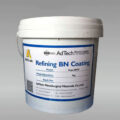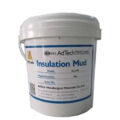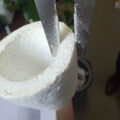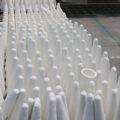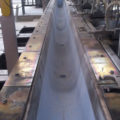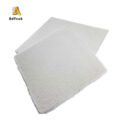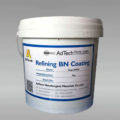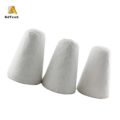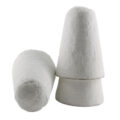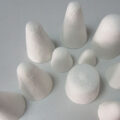Refractory coatings are essential to improve the quality of castings. Compared with sand casting, metal casting has better metallurgical properties and surface properties of castings, small dimensional tolerances, high productivity, and good production economy. Therefore, it has been widely used in aluminum alloy casting production. However, due to the rapid heat transfer rate of the metal mold, there will be many problems, such as different metal flow fields and different solidification methods in the casting.
Basic functions of metal casting refractory coatings
Protect the metal mold
Promote demoulding of castings
Improve the surface quality of castings
Improve casting forming
Control the heat transfer rate of the wall interface
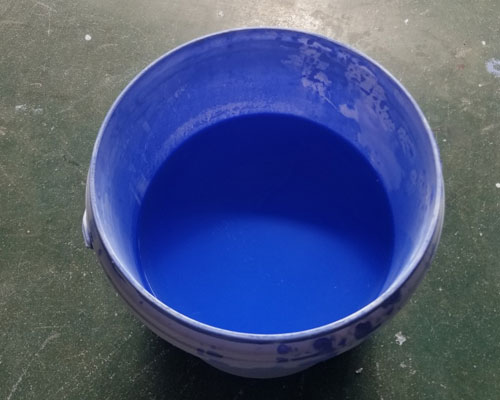
In order to improve the quality of castings, the entire process of solidification of the alloy melt in the mold must be effectively controlled. Therefore, the most important function of the mold coating is to form an insulating layer on the surface of the mold cavity, thereby controlling the heat transfer rate of the high-temperature melt to the mold.
Factors affecting the heat insulation of refractory coatings
The thermal insulation of refractory coatings mainly depends on three factors, namely: coating composition, coating thickness and coating porosity.
Paint composition
Anti-mold coatings are mainly composed of water as a carrier, high temperature adhesives and refractory materials. Coatings with different properties have different compositions. The heat-insulating coating contains heat-insulating mineral mixed materials, such as talc, mica, diatomaceous earth, titanium dioxide, alumina and so on. Lubricating and thermally conductive coatings are usually based on colloidal or semi-colloidal graphite and are used for demolding and reducing the thermal insulation of castings. Thermal insulation coating is a coating product between the first two coatings and has good mold release performance and thermal insulation performance.
Coating thickness
The thickness of the coating has an optimal range. Experience has shown that its thickness is generally around 150m~250m.
Coating porosity
The thermal insulation of the coating depends not only on the thickness of the coating, but also on the porosity of the coating itself. The porosity of the coating is largely affected by the application method and conditions used, because the degree of pore formation in the coating basically depends on the evaporation rate of the cavity surface in contact with the water carrier. The most commonly used mold coating method is spraying, but it is sometimes applied by brushing, for example in the gate system and riser area.

